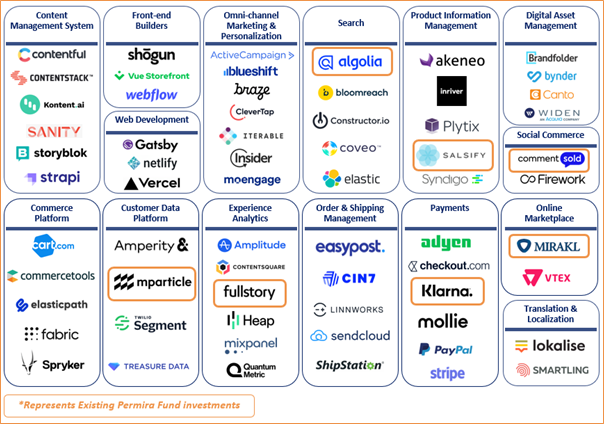‘Monolithic architecture’ originally referred to large, single material structures like Egyptian obelisks. These days it describes software that is put together in a centralised way and where each component depends on every other component to work. To meet the growing number of online consumers during the internet boom of the 1990s, companies like Amazon, eBay, and other e-commerce pioneers launched their online storefronts centered on monolithic architectures.
Increasingly however, these relics of the first wave of the consumer internet are not equipped for the complexities of an omnichannel world.
Consumers now expect to browse and make purchases across (i) a range of devices and interfaces – from desktop, smartphones, and non-standard cases such as voice assistants, in-car infotainment systems, and wearables – and (ii) a plethora of platforms, from physical stores to websites, social media and online marketplaces. But monolithic systems force businesses to address these different formats in a rigid and linear fashion, and can break under pressure from high velocity events such as Black Friday or Cyber Monday.
















